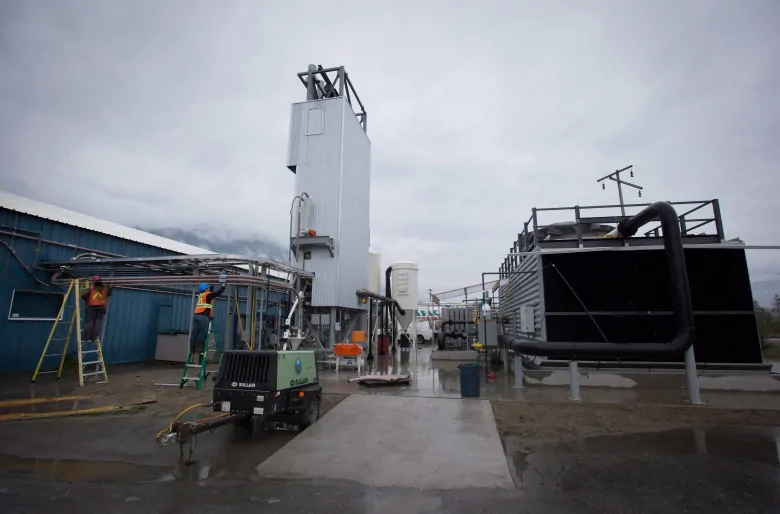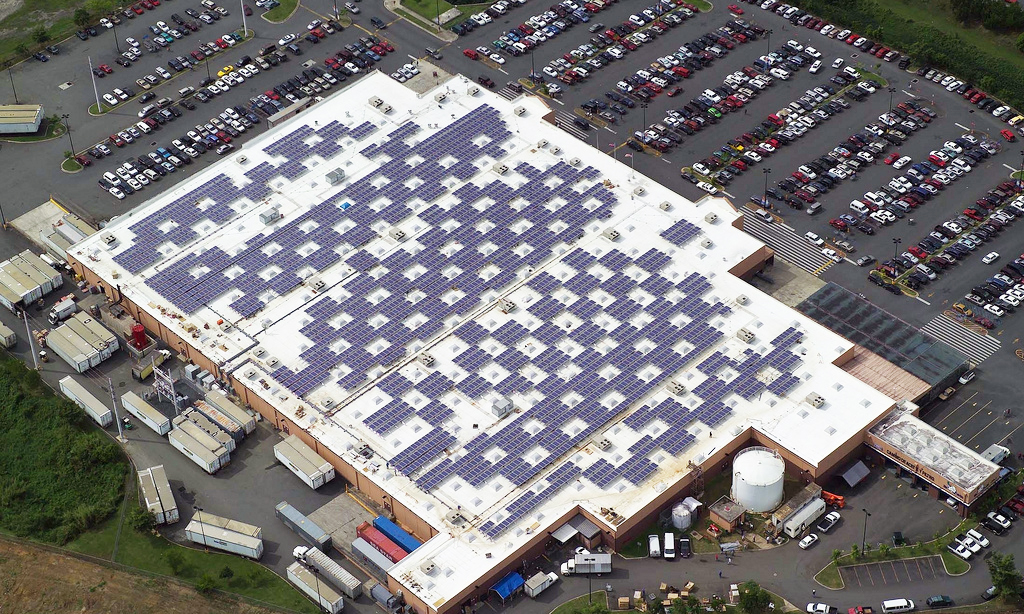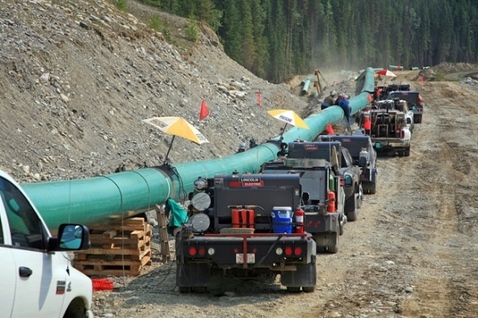The future for the metal aluminum has never looked better, for the great investment it represents as a multi-faceted energy efficiency lending material, electrical energy storage medium (battery), and for the advancement of renewable energy sources. These are spectacular claims, and yet in 1855 aluminum was so scarce it sold for about 1200 $/Kg (1) until metallurgists Hall & Heroult invented the modern smelting process over 100 years ago (2).

Figure 1. Schematic of Hall Heroult Aluminum Reduction Cell (3)
Aluminum is an energy intensive production process. High temperatures are required to melt aluminum to the molten state. Carbon electrodes are used to melt an alchemical mixture of alumina with molten cryolite, a naturally occurring mineral. The cryolite acts as an electrolyte to the carbon anode and cathodes. Alumina (Al2O3) also known as aluminum oxide or Bauxite is fed into the cell and dissolved into the cryolite, over-voltages reduce the Al2O3 into molten aluminum which pools at the bottom of the cell and is tapped out for further refining.
Aluminum Smelting Process as a Battery
The smelting of Aluminum is a reversible electrolytic reaction, and with modifications to current plant design it is possible to convert the process to provide energy storage which can be tapped and supplied to the electrical grid when required. According to the research the biggest challenge to this conversion process is to maintain heat balances of the pots when discharging energy to prevent freeze-up of the cells. Trimet Aluminum has overcome this problem by incorporating shell heat-exchange technology to the sides of the cell to maintain operating temperatures. Trial runs with this technology have been positive where plans are to push the technology to +/- 25% energy input/output. If this technology is applied to all 3 Trimet plants in Germany, it is claimed that up to 7700 MWh of electrical storage is possible (4).
Trimet Aluminum SE, Germany’s largest producer of the metal, is experimenting with using vast pools of molten aluminum as virtual batteries. The company is turning aluminum oxide into aluminum by way of electrolysis in a chemical process that uses an electric current to separate the aluminum from oxygen. The negative and positive electrodes, in combination with the liquid metal that settles at the bottom of the tank and the oxygen above, form an enormous battery.
By controlling the rate of electrolysis, Trimet has been able to experiment with both electricity consumption and storage. By slowing down the electrolysis process, the plant is able to adjust its energy consumption up and down by roughly 25 percent. This allows the plant to store power from the grid when energy is cheap and abundant and resell power when demand is high and supply is scarce. (5)

Figure 2. TRIMET Aluminium SE Hamburg with emission control technology (6)

Figure 3. Rio Tinto Alcan inaugurates new AP60 aluminum smelter in Quebec (7)
Aluminum as a Material and it’s Energy Efficiency Properties
Aluminum and it’s alloys generally have high strength-to-weight ratio’s and are often specified in the aircraft industry where weight reduction is critical. A plane made of steel would require more energy to fly, as the metal is heavier for a given strength. For marine vessels, an aluminum hull structure, built to the same standards, weighs roughly 35% to 45% less than the same hull in steel (8). Weight reduction directly converts to energy savings as more energy would be required to propel the aircraft.
Other modes of transportation, including automobiles, trucking, and rail transport may similarly also benefit from being constructed of lighter materials, such as aluminum. Indeed this would continue the long-standing trend of weight reduction in the design of vehicles. The recent emergence of electric vehicles (EV’s) have required weight reduction to offset the high weight of batteries which are necessary for their operations. The weight reduction translates into longer range and better handling.

Figure 4. Tesla Model S (9)
In the 1960s, aluminium was used in the niche market for cog railways. Then, in the 1980s, aluminium emerged as the metal of choice for suburban transportation and high-speed trains, which benefited from lower running costs and improved acceleration. In 1996, the TGV Duplex train was introduced, combining the concept of high speed with that of optimal capacity, transporting 40% more passengers while weighing 12% less than the single deck version, all thanks to its aluminium structure.
Today, aluminium metros and trams operate in many countries. Canada’s LRC, France’s TGV Duplex trains and Japan’s Hikari Rail Star, the newest version of the Shinkansen Bullet train, all utilize large amounts of aluminium. (10)

Figure 5. Image of Japanese Bullet Train (11)
Aluminum For Renewable Energy
One of the biggest criticisms against renewable technologies, such as solar and wind has been that they are intermittent, and not always available when demand demand for energy is high. Even in traditional grid type fossil fuel plants it has been necessary to operate “peaker plants” which provide energy during peak times and seasons.
In California, recent technological breakthroughs in battery technology have been seen as a means of providing storage options to replace power plants for peak operation. However, there remains skepticism that battery solutions will be able to provide the necessary storage capacity needed during these times (12). The aluminum smelter as an energy provider during these high demand times may be the optimum solution needed in a new age renewables economy.
The EnPot technology has the potential to make the aluminium smelting industry not only more competitive, but also more responsive to the wider community and environment around it, especially as nations try to increase the percentage of power generated from renewable sources.
The flexibility EnPot offers smelter operators can allow the aluminium industry to be part of the solution of accommodating increased intermittency. (13)
References:
(1) http://www.aluminum-production.com/aluminum_history.html
(2) http://www.aluminum-production.com/Basic_functioning.html
(3) http://www.scielo.br/scielo.php?script=sci_arttext&pid=S0103-50532000000300008
(4) The ‘Virtual Battery‘ – Operating an Aluminium Smelter with Flexible Energy Input. https://energiapotior.squarespace.com/s/Enpot-Trimet-LightMetals2016.pdf
(5) http://www.metalsproclimate.com/metals-pro-climate/best-practice/reduction-of-pfc-process-emissions
(6) http://www.sauder.ubc.ca/Faculty/Research_Centres/Centre_for_Social_Innovation_and_Impact_Investing/Programs/Clean_Capital/Clean_Capital_News_Archive_2014/Aluminum_smelters_could_act_as_enormous_batteries
(7) http://www.canadianmetalworking.com/2014/01/rio-tinto-alcan-inaugurates-new-ap60-aluminum-smelter-in-quebec/
(8) http://www.kastenmarine.com/alumVSsteel.htm
(9) http://www.greencarreports.com/news/1077672_2012-tesla-model-s-is-aluminum-its-secret-weapon
(10) http://transport.world-aluminium.org/en/modes/trainssubways.html
(11) http://www.aluminiumleader.com/focus/aluminium_carriages_help_provide_high_speed_rail_service/
(12) http://www.bloomberg.com/news/articles/2015-12-22/batteries-gaining-favor-over-gas-peaker-plants-in-california
(13) http://www.energiapotior.com/the-virtual-battery




 Hybrid Electric Buildings are the latest in developments for packaged energy storage in buildings which offer several advantages including long-term operational cost savings. These buildings have the flexibility to combine several technologies and energy sources in with a large-scale integrated electric battery system to operate in a cost-effective manner.
Hybrid Electric Buildings are the latest in developments for packaged energy storage in buildings which offer several advantages including long-term operational cost savings. These buildings have the flexibility to combine several technologies and energy sources in with a large-scale integrated electric battery system to operate in a cost-effective manner.







